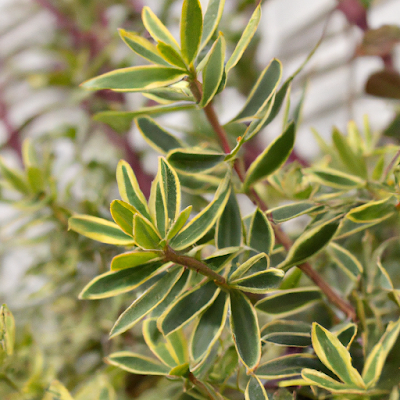Bolivian Coriander, Porophyllum ruderale
Bolivian Coriander, scientifically known as Porophyllum ruderale, is a herbaceous plant that belongs to the Asteraceae family. It is native to South America, particularly Bolivia, and is widely used in traditional Bolivian cuisine for its unique flavor and medicinal properties. In this article, we will explore the various aspects of Bolivian Coriander, including its history, uses, and interesting facts.
I. History and Origin of Bolivian Coriander:
- Bolivian Coriander has a rich history that dates back centuries. It has been used by indigenous people in Bolivia for its culinary and medicinal purposes.
- The herb is believed to have originated from the Andean region of Bolivia, where it has been cultivated for generations.
- It was traditionally used by the Quechua and Aymara communities as a natural remedy for digestive disorders and as a spice to enhance the flavor of their dishes.
II. Description and Characteristics:
- Bolivian Coriander is a perennial herb that grows up to 30-50 cm in height. It has green, elongated, and narrow leaves that resemble those of cilantro or parsley.
- The plant produces tiny yellow flowers that bloom during the summer months.
- Its leaves have a distinct aroma and flavor, which is often described as a combination of cilantro, citrus, and anise.
- Bolivian Coriander is known for its resilience and ability to grow in various climates and soil conditions.
III. Culinary Uses:
- Bolivian Coriander is an essential ingredient in traditional Bolivian cuisine, adding a unique and refreshing taste to dishes.
- It is commonly used in soups, stews, sauces, and as a garnish for various dishes.
- The herb can be used as a substitute for cilantro in recipes, especially for those who are not fond of cilantro's strong taste.
- Its citrus and anise-like flavor make it an excellent addition to salads, ceviche, and salsas.
Photo is "Porophyllum ruderale ruderale" by Étienne Lacroix-Carignan is marked with CC0 1.0.
IV. Medicinal Properties:
- Bolivian Coriander is not only valued for its culinary uses but also for its medicinal properties.
- It is believed to have digestive and anti-inflammatory properties, making it a popular natural remedy for stomach ailments.
- The herb is also used as a diuretic, helping to flush out toxins from the body and promote overall well-being.
- Some studies suggest that Bolivian Coriander may have antimicrobial and antioxidant properties, although further research is needed to confirm these claims.
V. Interesting Facts about Bolivian Coriander:
1. Native Rituals:
Bolivian Coriander has played a significant role in indigenous rituals and ceremonies in Bolivia, symbolizing purification and spiritual cleansing.
2. Culinary Exports:
Bolivia is one of the main exporters of Bolivian Coriander to countries worldwide, where it is gaining popularity for its unique flavor profile.
3. Culinary Combinations:
Bolivian Coriander is often paired with other traditional Bolivian ingredients, such as quinoa, potatoes, and llama meat, to create authentic Bolivian dishes.
4. Conservation Efforts:
Due to its cultural and culinary significance, Bolivian Coriander has been subjected to conservation efforts to protect its genetic diversity and ensure its sustainability.
Conclusion:




Comments
Post a Comment